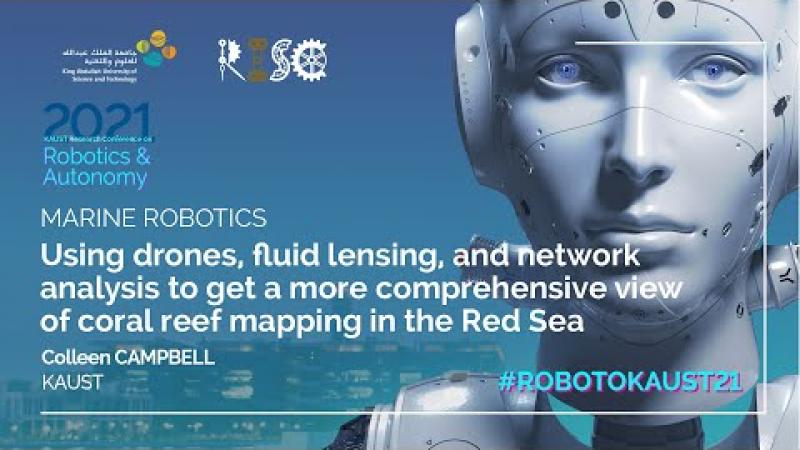Using drones to monitor Algae patches on reefs in the Red Sea
Abstract
Algae is very important to the health of the coral reef system. In the Red Sea there are over 500 species of algae, with many species beneficial to coral reef health. Many fish feed on algae and use it as breeding territories. The spread of some kinds of turf algae can be an indicator of a decline in coral health and early intervention could help save the reef before too much coral is lost. Even though it is vital to the coral reef system, algae patches are difficult to determine extent with in situ surveys. Furthermore, monitoring using satellite images can be limited by both resolution and the near-total absorption of the Near Infrared (NIR) wavelengths by water. Drone imagery is an accessible way to monitor the size and change of algal growth and species interactions on a regular basis. This project combines drone imagery and field-validated reflectance signatures from several species of Red Sea algae to examine algal growth and life cycles on a series of reefs in Saudi Arabia.
Biography
Colleen Campbell graduated from St. Cloud State University in Geography with minors in GIS and Anthropology. Her Master’s was obtained from the University of Southern California in Geographic Information Science and Technology. Her project looked at drivers (terrain, walking speed, weather, violence, and nearby resources) that influence migration patterns in refugees. Colleen is interested in mapping the ocean using new techniques including drones, and object-oriented classification.
